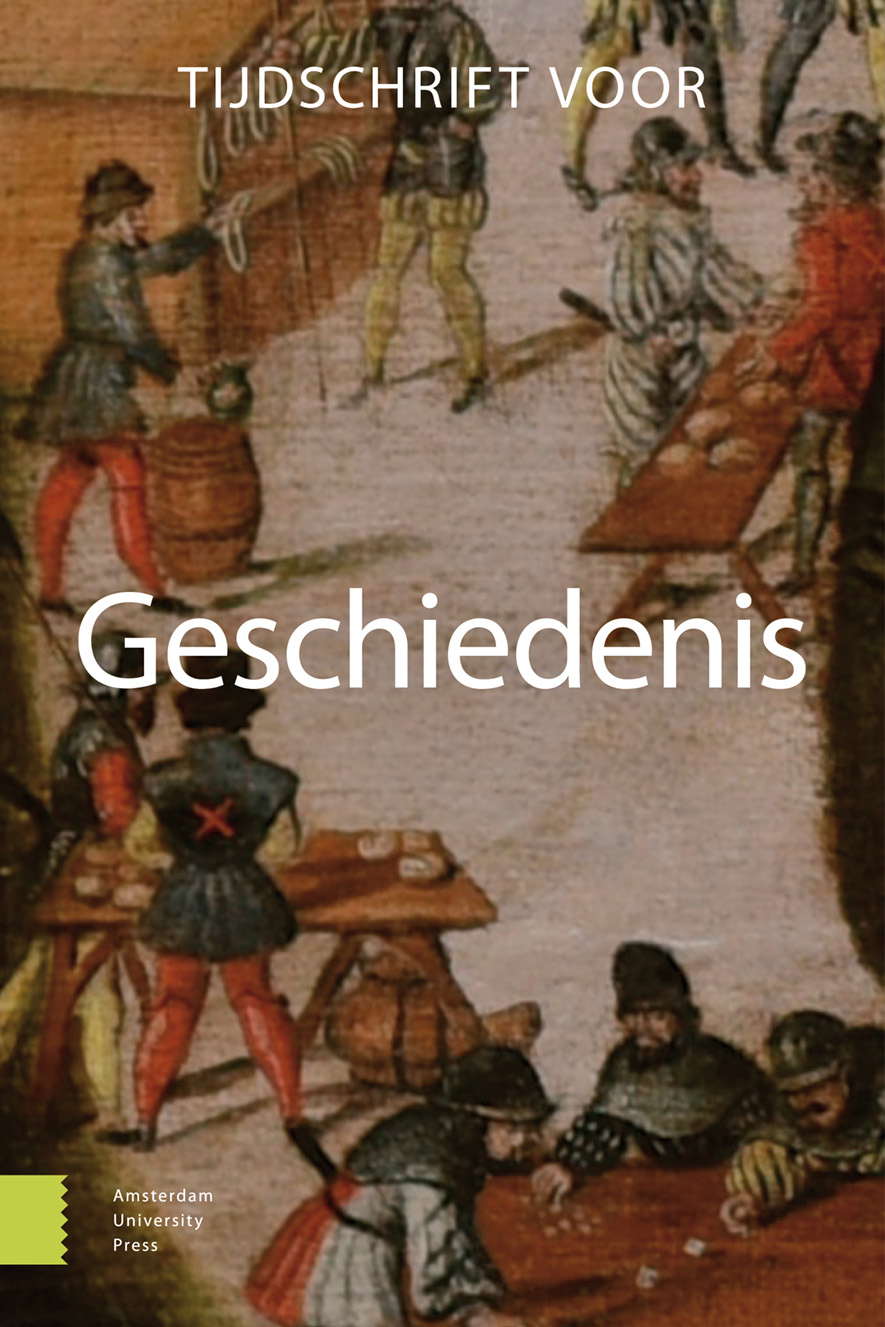-
oa De ‘vertekstlozing’ van de stad
De vergankelijkheid van publieke opschriften in achttiende-eeuws Brussel
- Amsterdam University Press
- Source: Tijdschrift voor Geschiedenis, Volume 131, Issue 1, Mar 2018, p. 95 - 118
Abstract
The epigraphic downfall of the city. The perishableness of public inscriptions in eighteenth-century Brussels
This article argues that epigraphic fluctuations took place in late medieval and early modern cities and towns, i.e. periods in which public urban space became increasingly or decreasingly inscribed with texts. The analysis of a collection of some fifty public inscriptions registered in Brussels around 1800 reveals that the anonymous authors reacted to the disappearance of various kinds of public texts from the urban space. It seems that Brussels witnessed an epigraphic decline at that time, which was probably caused by the blanchissement de la ville imposed by the city authorities. Instead of emphasizing the omnipresence of public inscriptions in late medieval and early modern urban space, as various historians have done, this article calls for more studies of the degree to which public inscriptions appeared and disappeared in earlier and later times and in other cities and towns, and the reasons for these changes.


